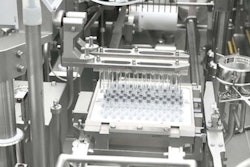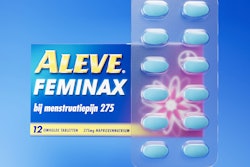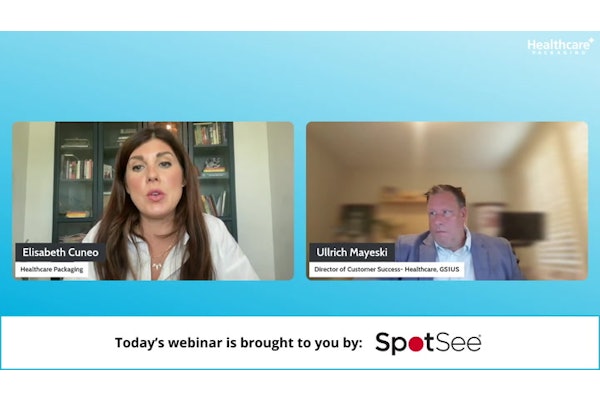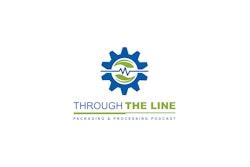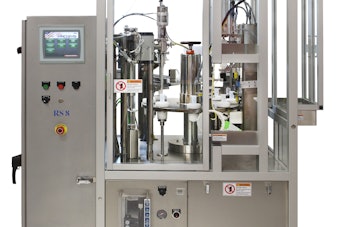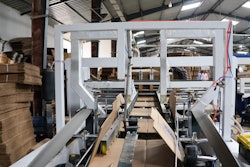As pharmaceutical brand owners look to upgrade blister packaging to newer, more sustainable options—including lightweight, renewable, and recycle-ready offerings—many are facing questions about whether new materials can run on existing packaging machines.
With so many tried-and-true materials used in life sciences, machines are typically built to work with established packaging that has been on the market for years. The popular blister package is no exception, as an ironclad packaging system for tablets, capsules, and other oral solid dose (OSD) medicines and nutraceuticals. Blisters outperform bottles in protecting drugs against moisture, which is crucial for moisture-sensitive products, while also offering patient adherence benefits and child resistance.
In terms of sustainability, blister packaging has lagged over the past decade, but strides have been made in the R&D-intensive journey of developing high-performance blisters compatible with existing recycling streams.
A few companies have brought blisters with recyclability claims to the market —and even then, successfully balancing eco-friendliness with adequate barrier protection remains a challenge. From there, a final hurdle remains: the ability to actually produce the packaging in large capacities and at high speeds, also known as machinability. Simply put, a solution that can’t be reliably and rapidly reproduced at-scale isn’t really a solution.
With this in mind, Amcor embarked on a journey with Maruho Hatsujyo Innovations, Inc. (MHI) to ensure its novel recycle-ready blister package could be processed on a commercial-scale packaging line.
Continue to the full article here.





